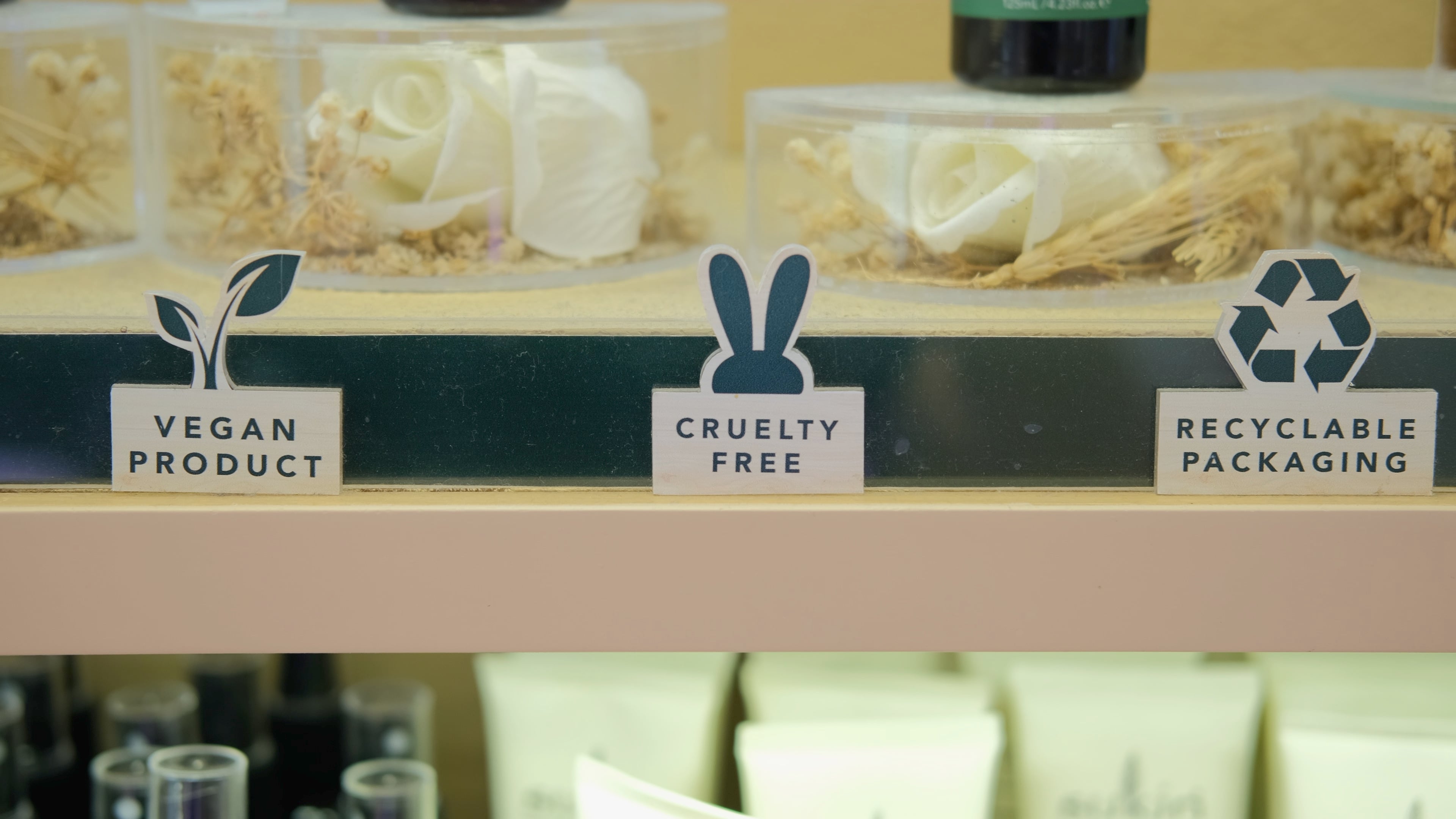Gay Timmons is the founder and CEO of Oh, Oh Organic, a supplier of organic ingredients that are sourced from growers all over the world. With many of the farmers involved in this process growing the crops located in remote or sparsely populated regions the impact of extreme weather can often have a devastating effect on crop supplies.
Speaking to Cosmetics Design, Timmons explains about the approach she takes to securing reliable ingredient suppliers, the importance of beauty brands being able to forecast ingredients volumes and knowing exactly what those ingredients will be used for, as well as pointing out why bio synthetics might not always be the all-encompassing solution to supply chain problems.
How weather extremes are impacting crop yields
“When countries like India experience temperatures as high as 49 C (120 F) 2 things happen, crop yields are reduced and harvesting cannot occur - people simply cannot go outside,” said Timmons, reflecting on some of the hurdles she has had to overcome to find reliable ingredients supply.
“This year that delayed and reduced the amount of castor oil available to the cosmetics industry and increased the price. I’m sure this impacted other crops from India as well. Damage to plants or lack of rain or too much rain impact agricultural products all over the world and the erratic weather is just increasing.”
Timmons also points out that climate change is not only impacting farmers, but logistics and transportation. This was demonstrated recently by the challenges faced for cargo ships going through the Panama Canal. The passage of shipments was impacted by lower than usual levels of rain in Panama, which meant that water levels have been too low for the canal to fully function.
Disruption to supply and increased costs
For Oh, Oh Organic, what this means is disruption to supply and increased costs that have to be passed on to clients. However, Timmons stresses that this problem can be mitigated if customers are able to accurately forecast the volume of ingredients needed and when delivery will be required. “The single most important information we need is a forecast from our customers - then we can secure their supply,” said Timmons.
By working with its clients to make forecasting an integral part of the business, Oh, Oh Organic has been able to significantly limit the impact of climate change on its supply of natural ingredients. But all of this requires strong communication throughout the supply chain, from growers all the way through to manufacturers.
“We, fortunately, had forecasts for castor but then learned that most other distributors were out – we then started getting requests from companies we’d never heard of,” said Timmons.
“Producers, suppliers and end-users need to partner for the best outcomes. As to other items, some of the weather events cause prices to go up. Supply of neroli and rose from Morocco was recently hit by rain during the middle of the harvest impacting the crop yield, while extreme drought in Southern Europe has driven olive oil prices up by a considerable amount - all of which is very concerning. This affects the oil as well as all the olive oil derivatives.”
Alternatives to agriculturally-sourced ingredients
Looking to farmers, Timmons believes that employing methods to increase water retention in soil as well as increased plant diversity around crops are among the best solutions, but also stresses how these solutions take time to implement and are more for the longer-term. Realistically, the more immediate solutions are likely to be agriculturally derived and bio synthetic alternatives, although they also present challenges.
“In the cosmetic industry we are increasingly moving to agriculturally derived products - fortunately we are only a small user compared to the food industry. However, sometimes we have to compete with food production so, again, forecasts become crucial,” said Timmons
“There are many people who believe that bio synthetics will fill the gap - the problem is that all bio synthetics are made from agricultural inputs. We may be robbing Peter to pay Paul. Eventually we need to reduce overall use and be more focused on sustainable production practices, using small holders to grow some of these materials as part of an overall ecological approach to ‘greening’ cities and suburbs.”
Ingredient function needs to be a top consideration
Finding alternative ingredient sources, whether it is another variety of plant, or a bio synthetic can also present challenges, particularly when it comes to more specific details like the exact function of the ingredient.
“People need to be clear about what they want the ingredient to do. For example - high oleic sunflower and high oleic safflower oil are almost identical. So specifying the one that is most available will always be smartest,” said Timmons.
“Another issue is: what is the function you want the product for? There are multiple ingredients that will perform the same task, i.e., thickeners, hardeners, emollients, humectants, etc. Which ingredients are most sustainable and reliably available that perform the function?”
“Ultimately there is one vital question that all brand owners should adopt on this issue: how do you verify sustainability without understanding ingredient function?”



